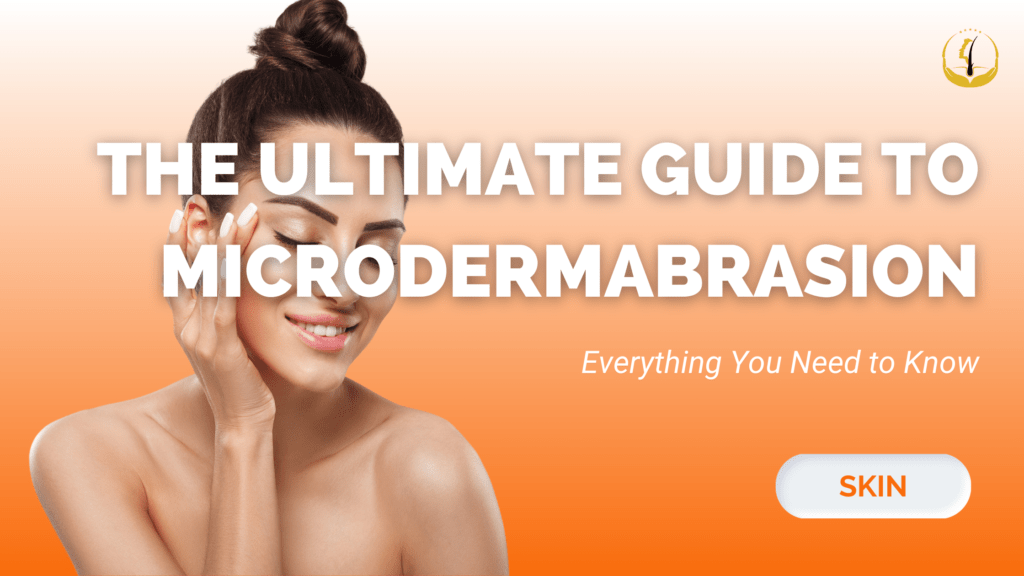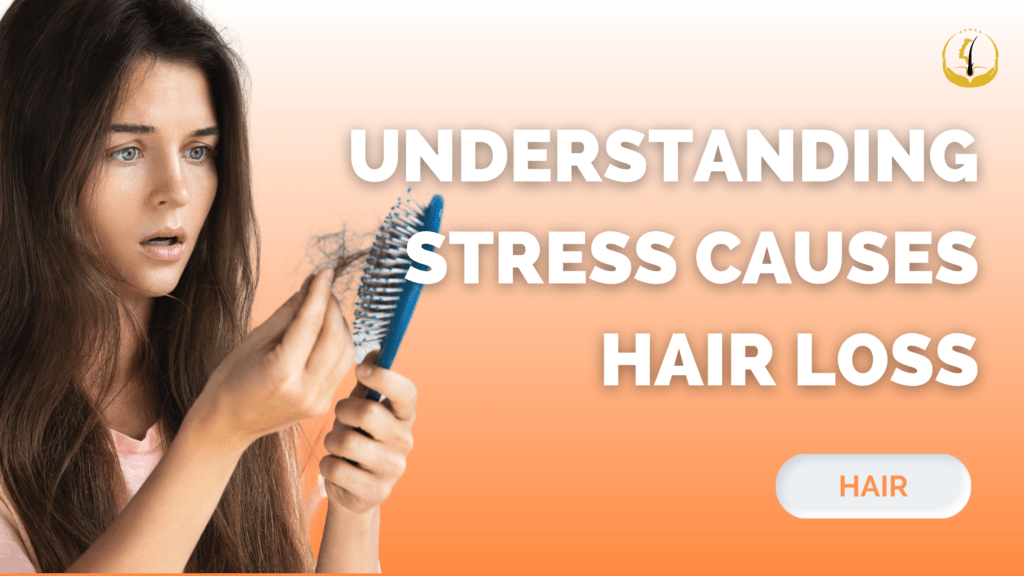The Ultimate Guide to Microdermabrasion: Everything You Need to Know

Microdermabrasion stands as a remarkable skin treatment, wielding the power to erase signs of aging and unveil a youthful, fresh complexion. This guide unravels the intricacies of Microdermabrasion, exploring its origins, benefits, safety, and what to expect from this transformative skin procedure. Microdermabrasion: A Historical Glimpse Origin in 1985 in Italy: Microdermabrasion emerged as a […]
Understanding Stress Causes Hair Loss

In our fast-paced modern world, stress has become a ubiquitous part of daily life, causing a myriad of physical and emotional challenges for many individuals. Among the various repercussions of stress, hair loss stands out as a prominent issue affecting both men and women. This article explores the intricate connection between stress and hair loss, […]

